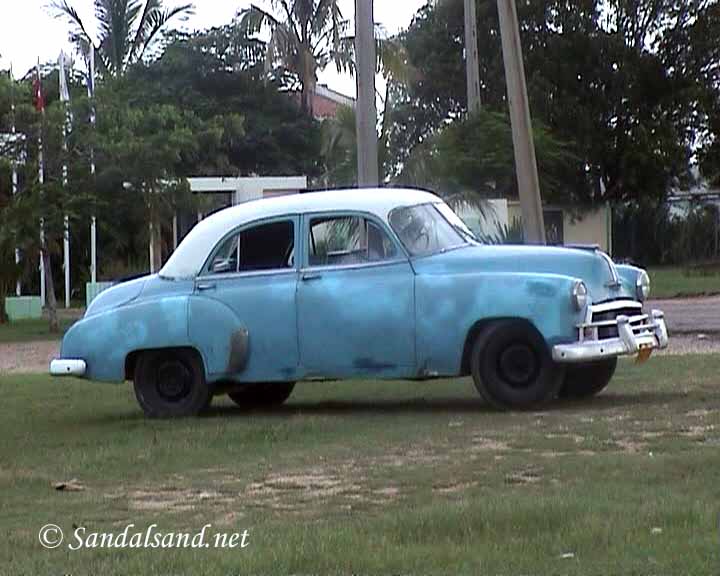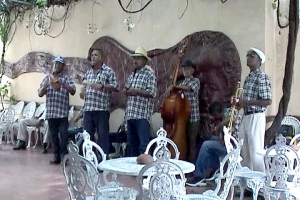This is a collection of Sandalsand’s pictures from Cuba. They are from a long journey to many parts of the country.
If you look up all articles from Cuba, you will also find videos, several articles from World Heritage Sites and regular travelogues. Before you do, start with these pictures from Cuba. Let me add that most of my photographic material was stolen from me on the last day of my visit, back in 2003. The included pictures are mostly poor quality screenshots of video tapes that I had stored in a separate place.
Cuba has always been an island in the sun but not easily visited in the last decades. My pictures are from a roundtrip of Cuba starting in Havana and moving on to Pinar del Rio in the Vinales area, Cienfuegos and Trinidad to name but a few.
60 Photos
Afterwards, find more photo galleries on Sandalsand.
Fast facts
Learn about the country on Wikipedia. Here is a moderated excerpt:
Cuba is a country comprising the island of Cuba, as well as Isla de la Juventud and several minor archipelagos. Cuba is located where the northern Caribbean Sea, Gulf of Mexico, and Atlantic Ocean meet. Havana is the largest city and capital; other major cities include Santiago de Cuba and Camagüey. The official area of the Republic of Cuba is 109,884 km2. The main island of Cuba is the largest island in the Caribbean. Cuba is the second-most populous country in the Caribbean after Haiti, with over 11 million inhabitants.
The territory that is now Cuba was inhabited by the Ciboney Taíno people from the 4th millennium BC until Spanish colonization in the 15th century. From the 15th century, it was a colony of Spain until the Spanish–American War of 1898, when Cuba was occupied by the United States. It gained nominal independence as a de facto United States protectorate in 1902. As a fragile republic, in 1940 Cuba attempted to strengthen its democratic system; but mounting political radicalization and social strife culminated in a coup and subsequent dictatorship under Fulgencio Batista in 1952. Open corruption and oppression under Batista’s rule led to his ousting in January 1959 by the 26th of July Movement; which afterwards established communist rule under the leadership of Fidel Castro. Since 1965, the state has been governed by the Communist Party of Cuba.
A bit more about the country
Culturally, Cuba is part of Latin America. It is a multiethnic country whose people, culture and customs derive from diverse origins, including the Taíno Ciboney peoples, the long period of Spanish colonialism, the introduction of enslaved Africans and a close relationship with the Soviet Union in the Cold War.
It has currently one of the world’s only planned economies; Large sectors in the economy is the tourism industry and the exports of skilled labor, sugar, tobacco, and coffee. Cuba has historically – both before and during Communist rule – performed better than other countries in the region on several socioeconomic indicators, such as literacy, infant mortality and life expectancy.


